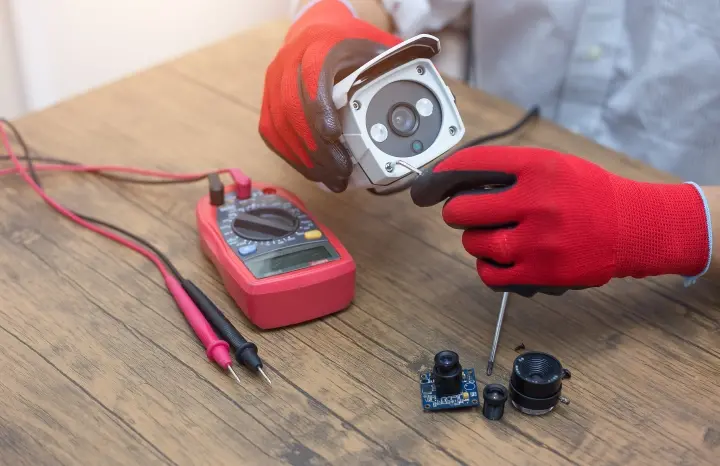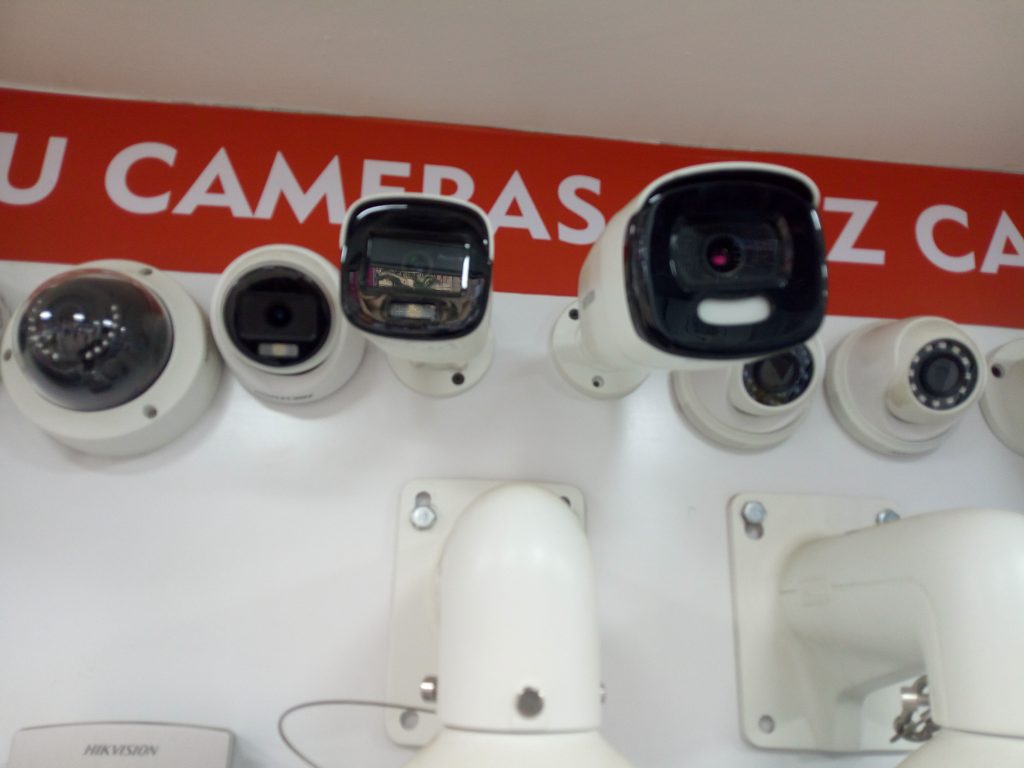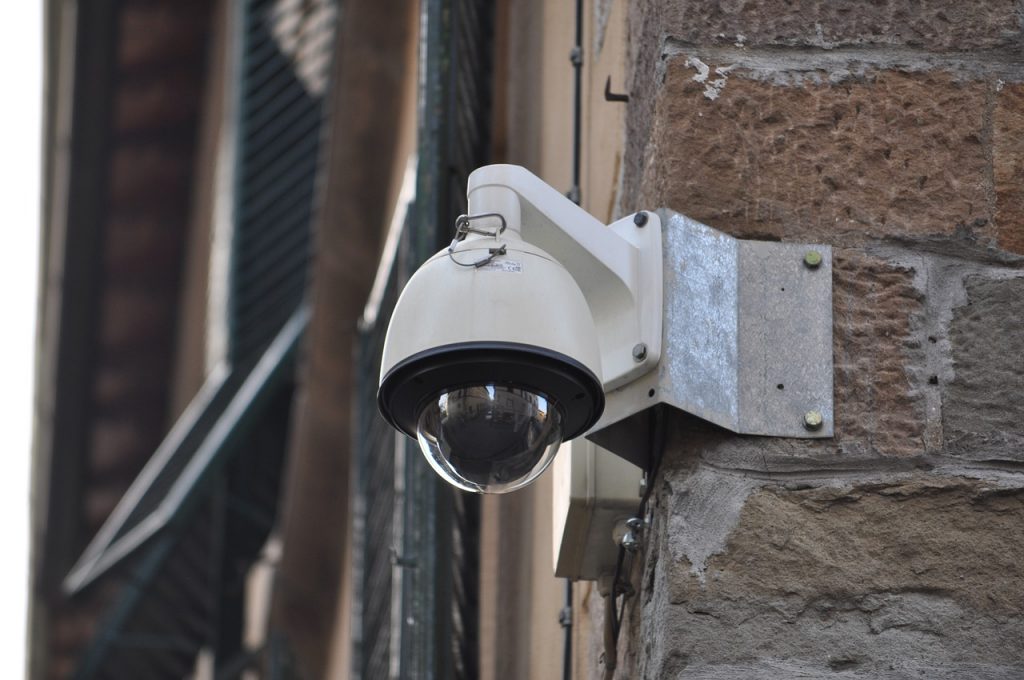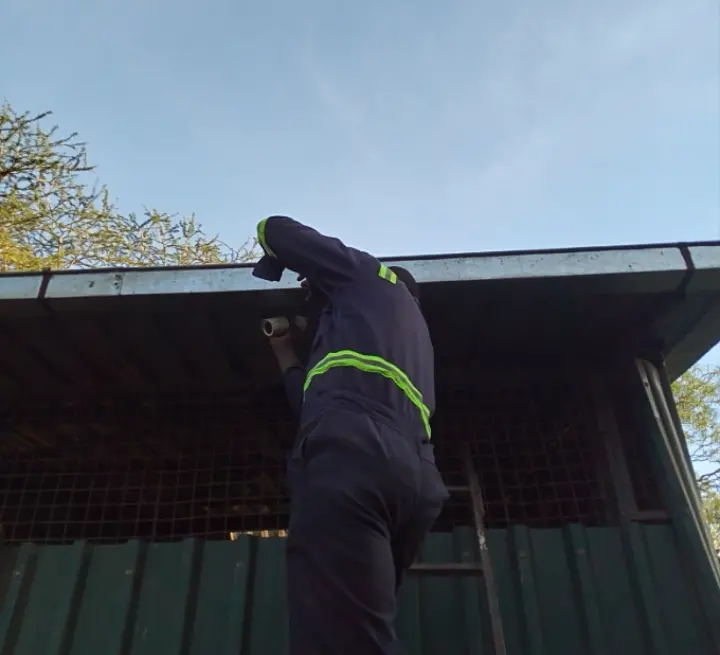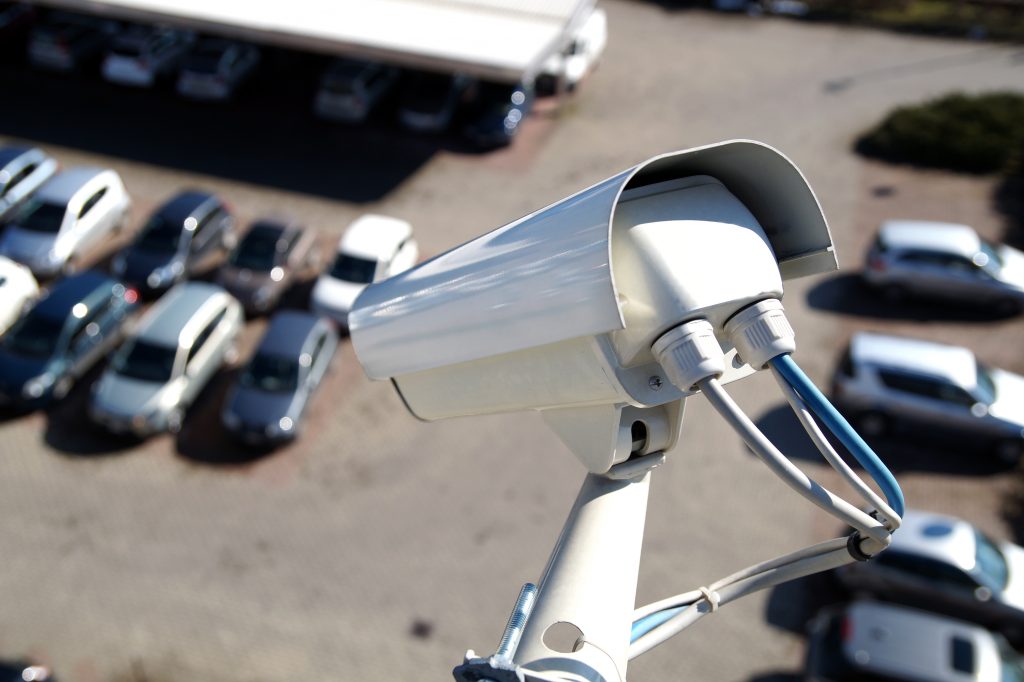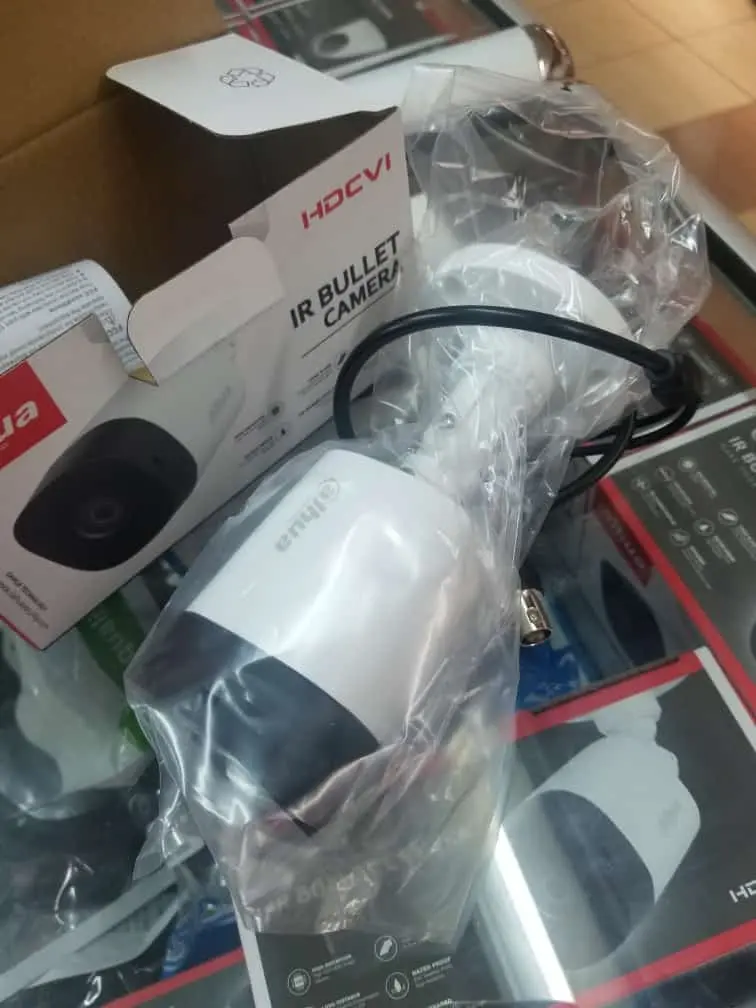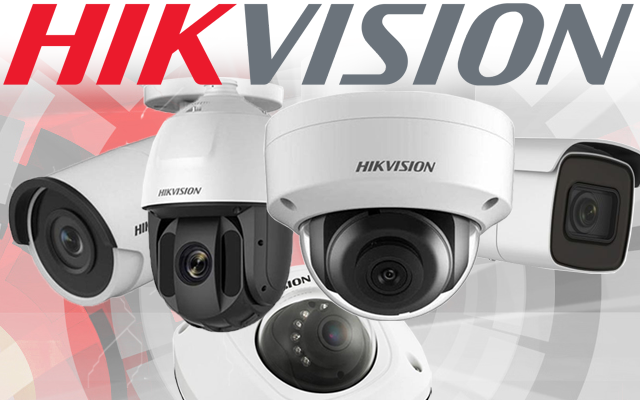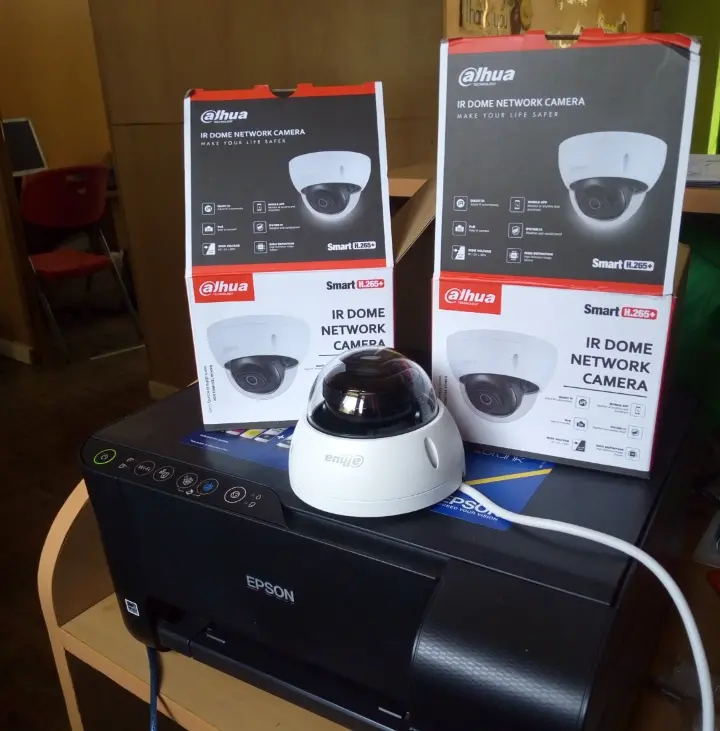Challenges Encountered with Bulb CCTV Cameras: A Comprehensive Look
Bulb cctv cameras. Bulb CCTV cameras, often called “light bulb cameras” due to their ingenious integration with standard lighting fixtures, have grown in popularity due to their ease of installation, affordability, and discreet design. By combining the functionality of a surveillance camera with a regular light bulb, these devices offer a unique solution for both indoor and outdoor monitoring. However, despite the convenience they bring, bulb CCTV cameras are not without challenges. This comprehensive overview will delve into the technical, operational, and environmental issues faced when using these types of surveillance cctv systems.
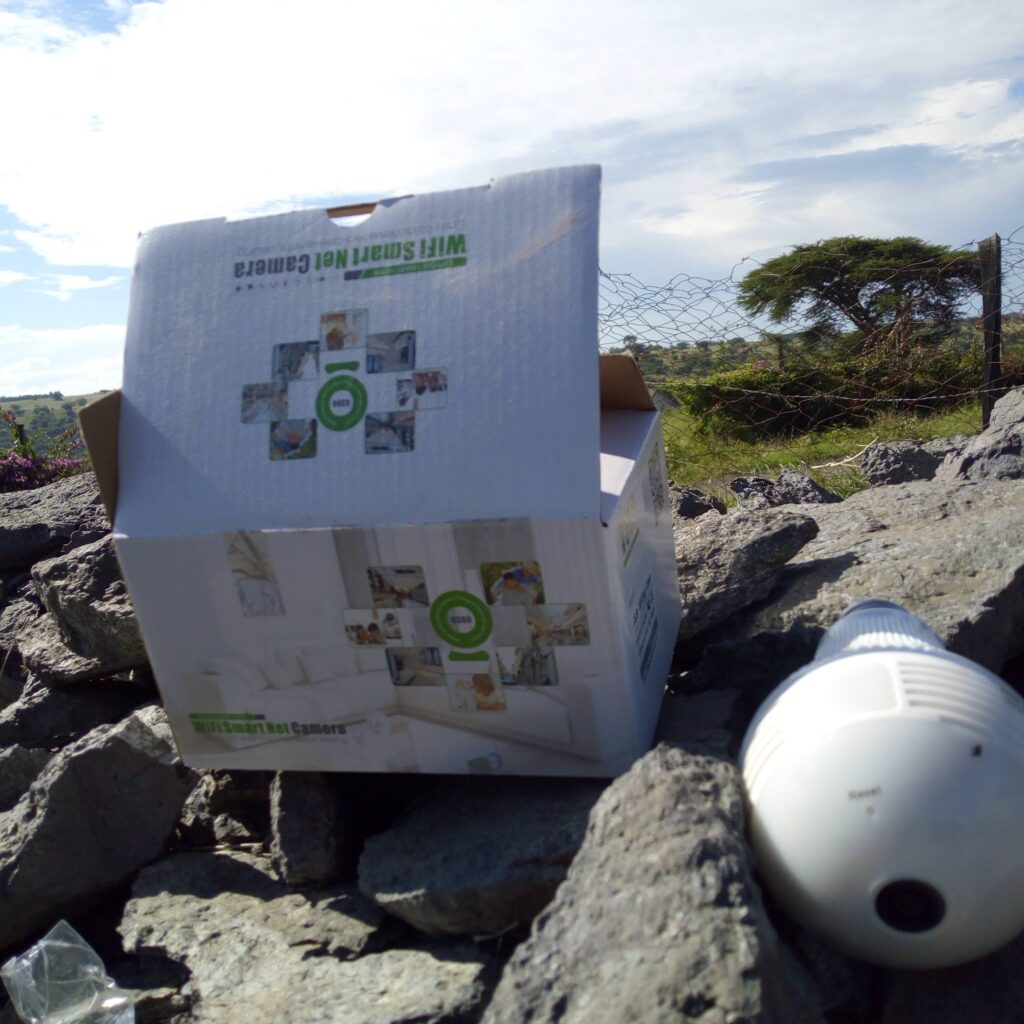
1. Short Lifespan and Durability Issues
The compact design of bulb CCTV cameras often comes at the expense of durability. Since these cameras are installed in high-heat environments (due to their proximity to light bulbs), overheating can occur, leading to reduced lifespan and eventual malfunction. Additionally, many models are not built to withstand extreme weather conditions, such as heavy rain, intense heat, or freezing temperatures, which pose significant challenges.
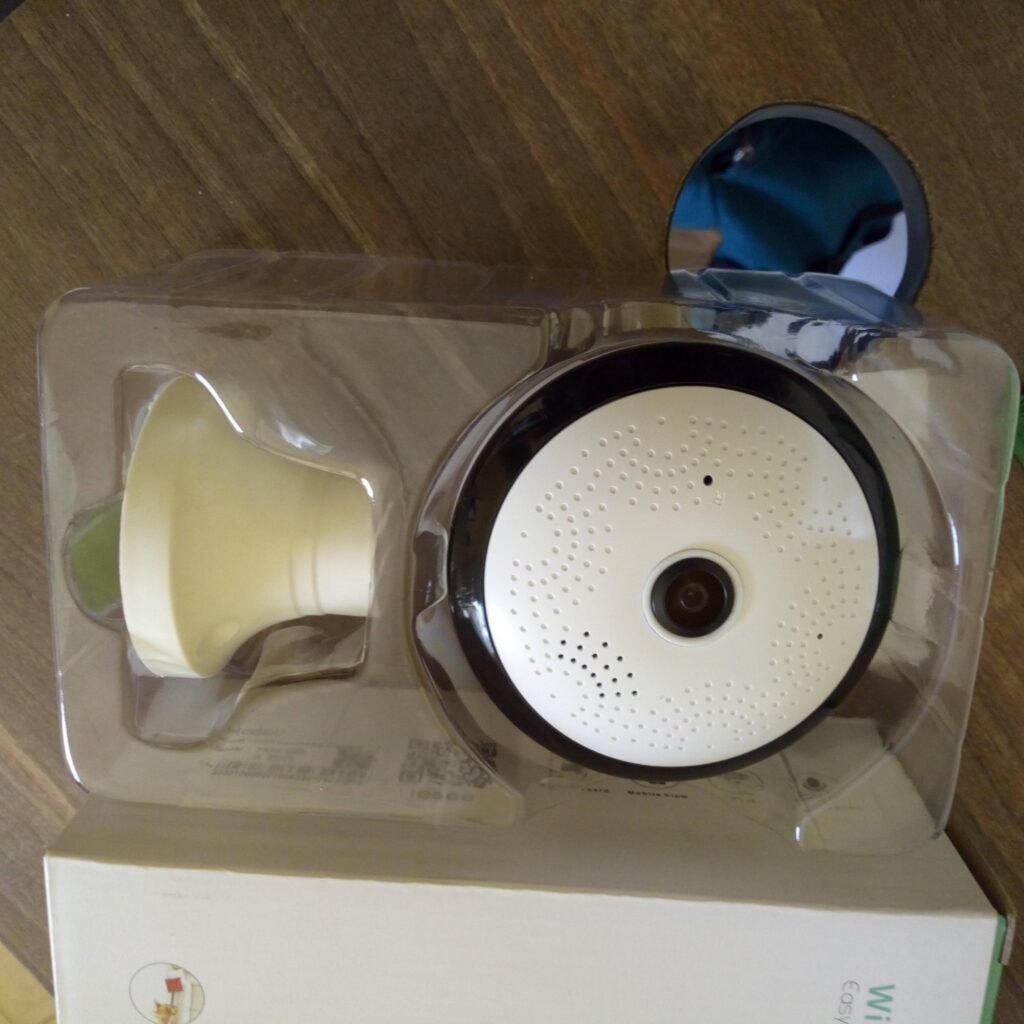
A report from CNET indicates that many users have complained about the cameras malfunctioning within a year of purchase. While some higher-end models offer weatherproofing, the average bulb camera may require frequent replacement, adding to the overall cost of ownership.
2. Power Source Dependence
Since bulb CCTV cameras derive their power from light sockets, they can only function when the socket is powered. This dependence on a single power source can be limiting. For instance, in many households, light switches are used to turn the socket on and off, meaning the camera will only operate when the light is on.
Moreover, external factors such as power outages or electrical malfunctions can render the cameras ineffective, compromising security. A study conducted by TechHive points out that one of the key disadvantages of bulb cameras is their vulnerability to power interruptions. Users may need to invest in additional backup power solutions, such as battery packs or uninterruptible power supplies (UPS), to ensure continuous surveillance during outages.
3. Poor Night Vision
While bulb cameras often come with built-in infrared (IR) night vision, the quality of footage during nighttime can be a significant drawback. Cheaper models may struggle to capture clear images in low-light environments, compromising the security of areas that are most vulnerable at night. In some cases, even with IR capabilities, the range and clarity of night vision may be limited.
A comparative study by TechRadar highlighted that high-end CCTV systems, particularly those with dedicated IR emitters, outperform bulb cameras in terms of night vision. The reliance on the built-in lighting of these devices might help to some extent, but it can also lead to overexposure when the light is too bright, further reducing image clarity.
4. Lack of Advanced Features
Another major issue with bulb CCTV cameras is the absence of advanced surveillance features, such as motion detection zones, facial recognition, and AI-powered threat detection, which are becoming increasingly common in high-end CCTV systems. These budget-friendly cameras generally offer basic features, such as live video streaming and motion alerts, but they often lack the sophisticated functionalities needed for robust security solutions.
Some models may offer cloud storage options for footage, but these often come at an additional subscription cost. As noted by Security.org, the subscription services offered by many manufacturers may not provide adequate storage, leading to frustrations for users who need to archive large volumes of video footage.
5. Privacy Concerns and Hacking Vulnerabilities
Bulb CCTV cameras are susceptible to privacy risks, particularly if they are connected to an insecure home network. Since these cameras often rely on Wi-Fi to transmit video footage to smartphones or cloud storage, they can be vulnerable to hacking if not properly secured. Instances of unauthorized access to home surveillance cameras are not uncommon, leading to serious privacy violations.
Experts at Wired warn that many bulb cameras come with weak encryption protocols, making them an easy target for cybercriminals. Without proper cybersecurity measures in place, including strong passwords and updated firmware, users risk exposing their homes and personal lives to malicious actors. For added security, it’s recommended to set up two-factor authentication and secure the Wi-Fi network using WPA3 encryption.
6. Limited Field of View
Bulb CCTV cameras are typically designed to be installed in light sockets, which often leads to a fixed and somewhat limited field of view. Unlike traditional CCTV cameras that can be mounted at various angles and heights, the placement of bulb cameras is restricted to where light fixtures are located. This can reduce the effectiveness of monitoring larger areas.
According to a review from PCMag, many bulb cameras, especially older models, do not offer the wide panoramic view that modern surveillance systems provide. They tend to cover a smaller radius, making them unsuitable for locations where broad surveillance is necessary. Additionally, while some models offer a fisheye or panoramic lens to widen the view, this feature is often lacking in budget models.
7. Audio Quality Issues
Many bulb CCTV cameras are equipped with two-way audio, allowing users to communicate with anyone near the camera via a smartphone app. However, the audio quality on these devices is often subpar. Low-quality microphones may pick up background noise, and small, inexpensive speakers may result in distorted sound.
In environments with a lot of ambient noise, such as streets or busy areas, the communication functionality may become nearly unusable. Digital Trends highlights that while the two-way communication feature can be handy in theory, it is often hindered by poor hardware, leading to frustration for users who rely on it for security purposes.
8. Limited Data Storage Capacity
Most bulb CCTV cameras come with limited internal storage capacity, often in the form of a microSD card slot. This can lead to frequent overwriting of footage, which might cause important video data to be lost if not backed up regularly. Additionally, users may need to manually transfer or manage stored footage, which can be inconvenient.
Some models offer cloud storage, but as mentioned earlier, this service often requires a monthly subscription. The lack of substantial onboard storage or affordable cloud options can be a significant drawback, as noted by Tom’s Guide, especially for users who need to store large amounts of video for extended periods.
9. Installation and Compatibility Issues
While bulb CCTV cameras are marketed as easy-to-install devices, users still face challenges when setting them up. The need for a compatible socket, proper placement to avoid obstructions, and Wi-Fi signal strength can make installation more complicated than advertised. For example, installing a camera too far from the router may lead to poor connectivity or laggy footage.
Moreover, not all models are compatible with smart home systems, limiting integration with existing security setups. A review from The Verge notes that users who seek a fully interconnected smart home system may need to invest in higher-end models, which can be cost-prohibitive.
Conclusion
Despite their many advantages, such as affordability and ease of use, bulb CCTV cameras come with numerous challenges. From limited field of view and poor night vision to privacy concerns and durability issues, it’s essential for users to weigh these drawbacks against the benefits before making a purchase. For individuals seeking robust, reliable security systems, more advanced and specialized CCTV cameras may be a better long-term investment.
Before installing any surveillance system, including bulb CCTV cameras, users should thoroughly research the specific model’s features, limitations, and legal implications.


